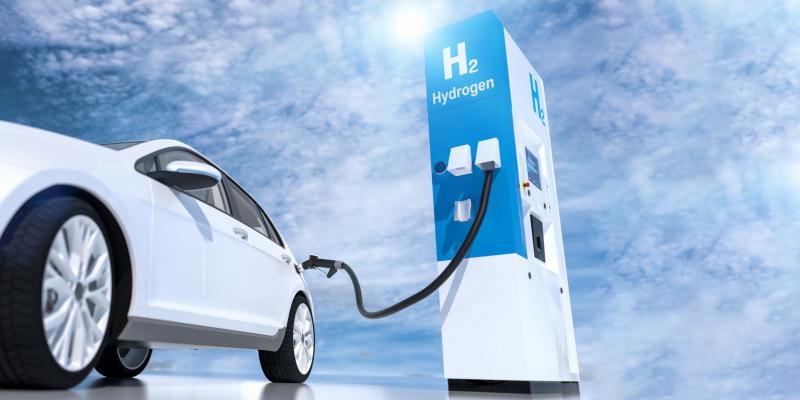In the quest for sustainable and environmentally friendly transportation, Hydrogen Vehicle have emerged as a promising solution. With their zero-emission nature and potential for energy efficiency, hydrogen-powered vehicles are paving the way for a greener future. As we move away from fossil fuels and seek alternative energy sources, hydrogen vehicles have captured the imagination of engineers, policymakers, and environmentalists alike. In this article, we will explore the concept of hydrogen vehicles, their advantages, challenges, and their role in shaping the future of clean transportation.
At the heart of a Hydrogen Vehicle is its fuel cell system. Unlike traditional internal combustion engines, which rely on burning fossil fuels, hydrogen vehicles utilize fuel cells to convert hydrogen gas into electricity. The fuel cell stack within the vehicle combines hydrogen with oxygen from the air, producing electricity to power the electric motor and generating water vapor as the only byproduct. This process, known as electrochemical conversion, is highly efficient and emission-free, making hydrogen vehicles an attractive option for reducing greenhouse gas emissions and combating climate change.
One of the major advantages of Hydrogen Vehicle is their long-range capability. With their high energy density, hydrogen fuel cells can store and deliver a significant amount of energy, allowing for extended driving ranges comparable to conventional gasoline-powered vehicles. This feature addresses one of the key limitations of electric vehicles powered by batteries, which often have limited range and require frequent recharging. Hydrogen vehicles, on the other hand, offer the potential for long trips without compromising performance or convenience.
Another benefit of hydrogen vehicles is their fast refueling time. Unlike electric vehicles that require hours to recharge their batteries, refueling a hydrogen vehicle is similar to filling up a conventional gasoline car. It takes just a few minutes to refill the hydrogen tank, offering a level of convenience and familiarity that can help accelerate the adoption of hydrogen as a transportation fuel. This quick refueling capability is particularly advantageous for commercial fleets, where minimizing downtime is crucial for operational efficiency.
Furthermore, hydrogen vehicles have the potential to play a significant role in energy storage and grid integration. The intermittent nature of renewable energy sources like solar and wind poses challenges for grid stability. Excess electricity generated during peak production periods can be used to produce hydrogen through electrolysis, storing the energy for later use in transportation or feeding it back into the grid during periods of high demand. This integration of Hydrogen Vehicle into the energy ecosystem can contribute to a more stable and sustainable energy infrastructure.
While hydrogen vehicles offer many benefits, there are challenges to overcome for their widespread adoption. One significant obstacle is the development of a hydrogen refueling infrastructure. Compared to the well-established network of gasoline stations, the availability of hydrogen refueling stations is currently limited. To encourage the adoption of Hydrogen Vehicle, a comprehensive and accessible refueling infrastructure needs to be developed, requiring significant investment and collaboration between governments, energy providers, and automotive manufacturers.
Additionally, the production and distribution of hydrogen face their own set of challenges. Currently, the most common method of hydrogen production is through steam methane reforming, which relies on natural gas. This process releases carbon dioxide, negating some of the environmental benefits of hydrogen. However, advancements in renewable hydrogen production methods, such as electrolysis powered by renewable energy sources, are being pursued to ensure a truly green hydrogen supply chain.
